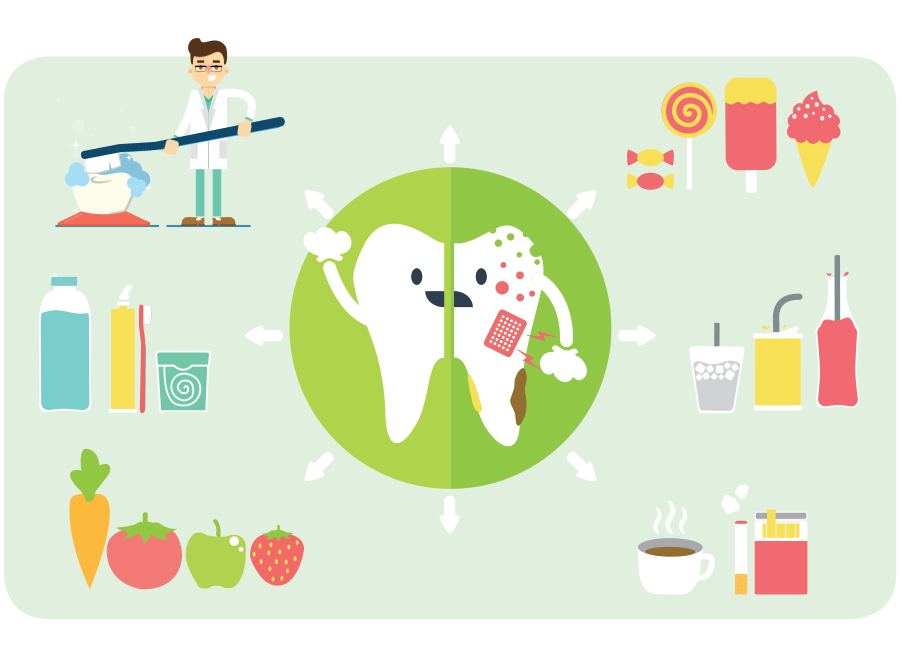
Prevention – The Best Offense is a Good Defense
Did you know tooth decay can occur as soon as your child’s tooth appears? The American Dental Association recommends scheduling your child’s first dental visit after the first tooth appears and no later than the age of 12 months. The dentist will check to see whether cavities are developing and help with preventive measures to decrease the likelihood of any future cavities.
A healthy start
It’s not always easy to get a toothbrush into your infant’s or toddler’s mouth. But studies show that introducing a toothbrush early leads to less resistance to brushing. When the first tooth appears, give your child a toothbrush to chew on. This will help distract from teething pain and introduce the sensation of bristles.
Water
Sippy cups and bottles filled with sugary drinks are discouraged after the age of 12 months. 42% of children ages 2-11 have had cavities, decay and/or missing teeth in their primary/baby teeth due to poor oral hygiene1. Bottles filled with milk or juice can lead to decay, particularly if your child falls asleep with it in his or her mouth, so drinking water is best. While your child may resist this change, it will help ensure healthy teeth.
Cavities
Cavities that go untreated in young children can significantly affect their body weight, growth and quality of life. Decay can be painful and interfere with eating normally. Kids who suffer from decay are less inclined to eat enough food to achieve proper nutrition and can become malnourished. Brushing and flossing regularly to maintain good oral hygiene will teach good habits and improve health throughout your child’s lifetime.
Learn more
- February is National Children’s Dental Health Month
- The Power of Fluoride
- Sealants Can Stop Cavities Before They Start
Find a dentist
Finding a dentist for your child is easy. Just visit floridabluedental.com/members/find-a-dentist.
1 National Institute of Dental and Craniofacial Research, 2014

